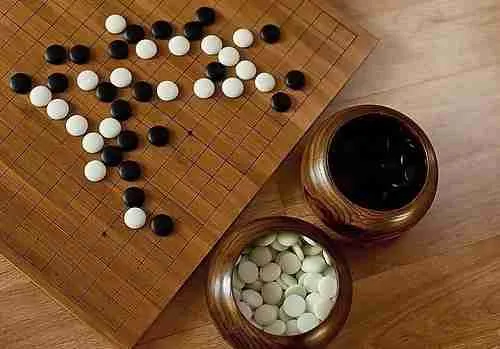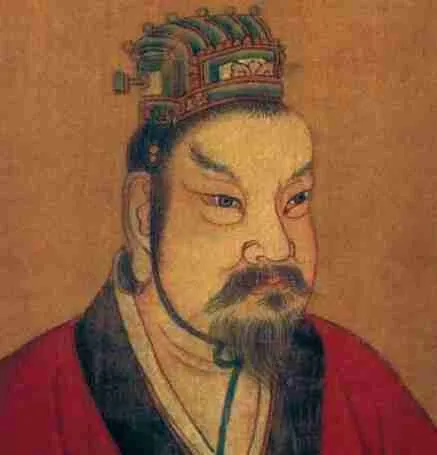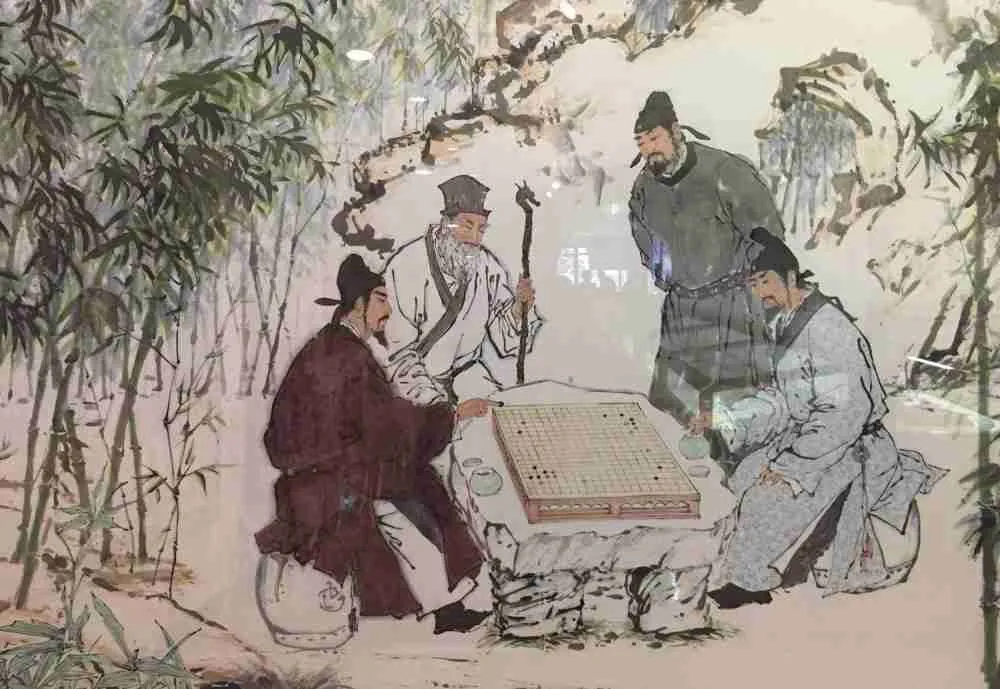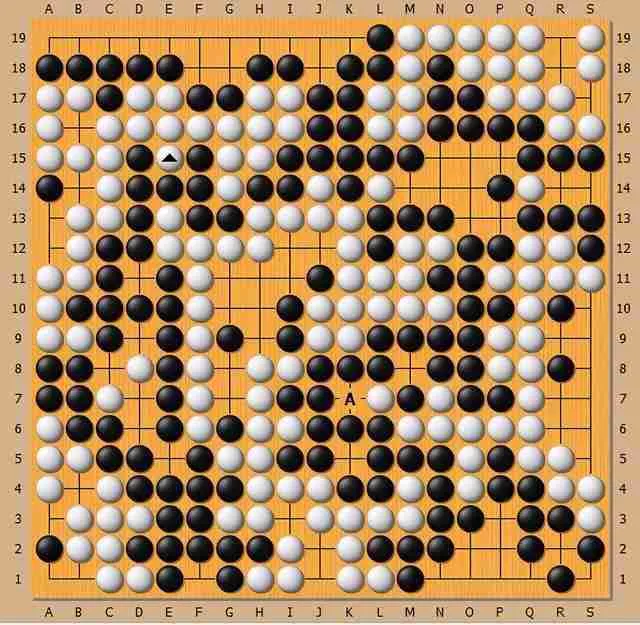If you have been studying the different interesting Chinese cultures, one of the things you may have come across in the game Chinese Go. But do you know what exactly this game is, who invented it, and how to play it? Well, keep reading to learn more about the Chinese Go Game.
What is the Go game called in Chinese?

Go is a Japanese word that is also known as i-go and translated to weiqi in Chinese (Pinyin) or Wei-ch’I in the Wade-Giles romanticization or even pa-tok or baduk in Korean. Go Board Game is often called by the Wei Qi, or Weichi. This game is, however, closely identified with Japan. What’s interesting about the game is the fact that this is considered the world’s oldest board game that is believed to originate from China and was first played over 4,000 years ago. It is a board game that’s played by two players.
It’s worth noting that Go Game or Weiqi is one of the four most refined games of skill that is played by some of the most intelligent Chinese players. This game is more than a game, though.
Chinese Go is a game that is often played on a carved wooden board traditionally, and it features black and white stones that are made of clamshell and slate. These are the most affordable variations for a board game, with black and white patterns that are visually striking that make an almost hypnotic attraction.
Go demands a great deal of skill, subtlety, and strategy, and given the infinite variety involved in the game along with the multiple pieces and rules you need to play by, the game could be an excellent strategy for you.
Who invented the Go game?

Legend has it that the game was invented by Emperor Yao in a bid to enlighten his son DanZhu. He intended to reach his son discipline, balance, and concentration.
But this is not the only suggested belief about the origin of the game – in one of the stories, it is believed that the game was created by the Chinese warlords who used pieces of stone for mapping the attacking positions. There is also the plausible theory that relates the Go equipment to flood control or even divination.
Go was regarded as one of the 4 essential arts for the cultured Chinese scholars in antiquities, and the game has, for the longest time, been described as the most worthy pastime as is documented in Analects of Confucius alongside two other books by Mencius from the 3rd Century BC. In these books, the game was called Yi.
Go game history

It is believed that this game dates back to as early as 2356BCE, although there also exists evidence showing that the game could have been around from the 2nd Millennium BCE. It’s also said that the game was taken to Japan around 500CE, gaining its popularity during the Heian Period between 794 and 1185.
However, the modern version of this game emerged and became more popular in Japan with the rise of the Samurai warrior class, where the game was subsequently given a special status in the Tokugawa period spanning the years 1603 and 1867. The game’s popularity was further pushed to the top when this game received special recognition following the setup of 4 highly competitive Go schools, which were set up by the government, establishing Go-playing as a professional game.
But it wasn’t until the first half of the 20thcentury that the game became much more popular in Japan. It was also played significantly in Korea and in China, growing rapidly during the latter decades of the century. The game also spread significantly after WWII.
There also is archaeological evidence that points to a broken pottery piece from the Go board game believed to be from the Western Han Dynasty of between 206BC to 24AD from the Shaanxi Province. This is, in fact, the earliest possible discoveries pointing to the existence of the Go game and also the first evidence that was ever unearthed in China. This particular piece was discovered in ruins from the watchtower in the tombs of Empress Wang Zhi and Emperor Jingdi, both from the Western Han Dynasty. The fragments of this game were broken, and according to a research fellow from the Shaanxi Provincial Archaeological Research Institute, the board had been a result of the floor tile.
Today, the most popular stones used for the game are known as the Yunzi from Southwestern Yunnan Province.
Wei Qi/chinese Go Rules-How To Play Chinese Go

Traditionally, Chinese Go is played on a square wooden board with 181 black along with 180 white Go-Ishi (which are the round white stones that were used to play with the board game. The wooden board is called the Goban, and it is checkered with 19 vertical lines plus 19 horizontal lines, forming 361 intersections. In recent days, however, this game has been played on the internet and generally on computers.
The players make moves in turns, with the black player making a move first by placing the stone on the intersection points of any two lines at which the stone can’t be moved anymore, followed by the white player.
During the game, the players will try to conquer each other’s territory, enclosing the vacant points completely so that the stones make the boundaries. With two or more stones connected as if they’ve been set adjacent to one another on the vertical and horizontal lines.
When playing, either one stone or group of stones from one player would be captured then removed from the playing board if it is not enclosed completely from the stones of the opponents. The stone or the group of stones that is still live or uncaptured, as long as the stones or groups of stones are connected to the vacant intersections.
One of the rules of the games is that a stone can’t be placed at any one point where it is surrounded by the enemy completely unless the stone makes a capture. Then you have the groups of stones which are also invulnerable, especially if they contain the eye that is made of at least two vacant points, all arranged in a way that the opposing player can’t put their stone at any point without getting captured.
Bear in mind that this ancient board game takes into consideration the simplest elements of the game, the lines and circles, the white and black, the wood and stone, all combined with simple rules to generate subtleties that have enthralled players for pretty much millennia.
The game’s appeal doesn’t, however, just rest on its metaphysical elegance, but its practicality along with the stimulating features that come with the game, by design. The rules of the game are rather easy to grasp, and the best part is that the game is enjoyably by a large spectrum of players with variable levels of skill. On each level of the game, players earn rewards, charms, and different discoveries.
One of the most unique and also the most reliable handicapping system will bring in more players into range for bigger competition and equal contests.
In these games, draws are quite rare, though, with the typical player retaining dynamism and fluidity compared to the comparable board games.
The biggest and the easiest way of winning the game early on often involves making up mistakes and using them to your advantage. The mistakes could also be reversed in the course of the game, and it’s interesting to note that there really is no simple way of playing the game to win, and you can easily win if you keep playing a good name. In other words, this game is more rewarding to players who are more patient and balanced rather than the players who show greed and aggression. There also is a balance of territory and influence that may shift your chances of winning, and the strong players need to always be prepared by being more flexible rather than resolute.
To increase your chances of winning, your thinking when it comes to the Go games needs to be much more lateral rather than linear, more reliant on how you feel about the stones and their shapes, and also less dependent on your logical deduction.
The other thing to note about the game is the fact that the Go game often makes it easy for you to learn more about the meaning of the devotees. It is an analogy for life, a mirror of the player’s personality, intense meditation, and an exercise in all matters, abstract reasoning. It’s also considered a mental workout, a game that, when played well, feels both fun and challenging.
Conclusion
Go is a game that is the embodiment of the spirit of equality since each stone is equal, and they do not carry any present roles in any other game, just like chess. Like men, women can play this game easily, just as is the case for the young and the old.
The final thing to note would be the fact that Go has been called the military stratagem, proving scientific, along with the practical elements of the game, and this has raised the social status of the game to a large extent.
By the end of the 15th century, 35
handwritten books were made,
At the same time, many antique